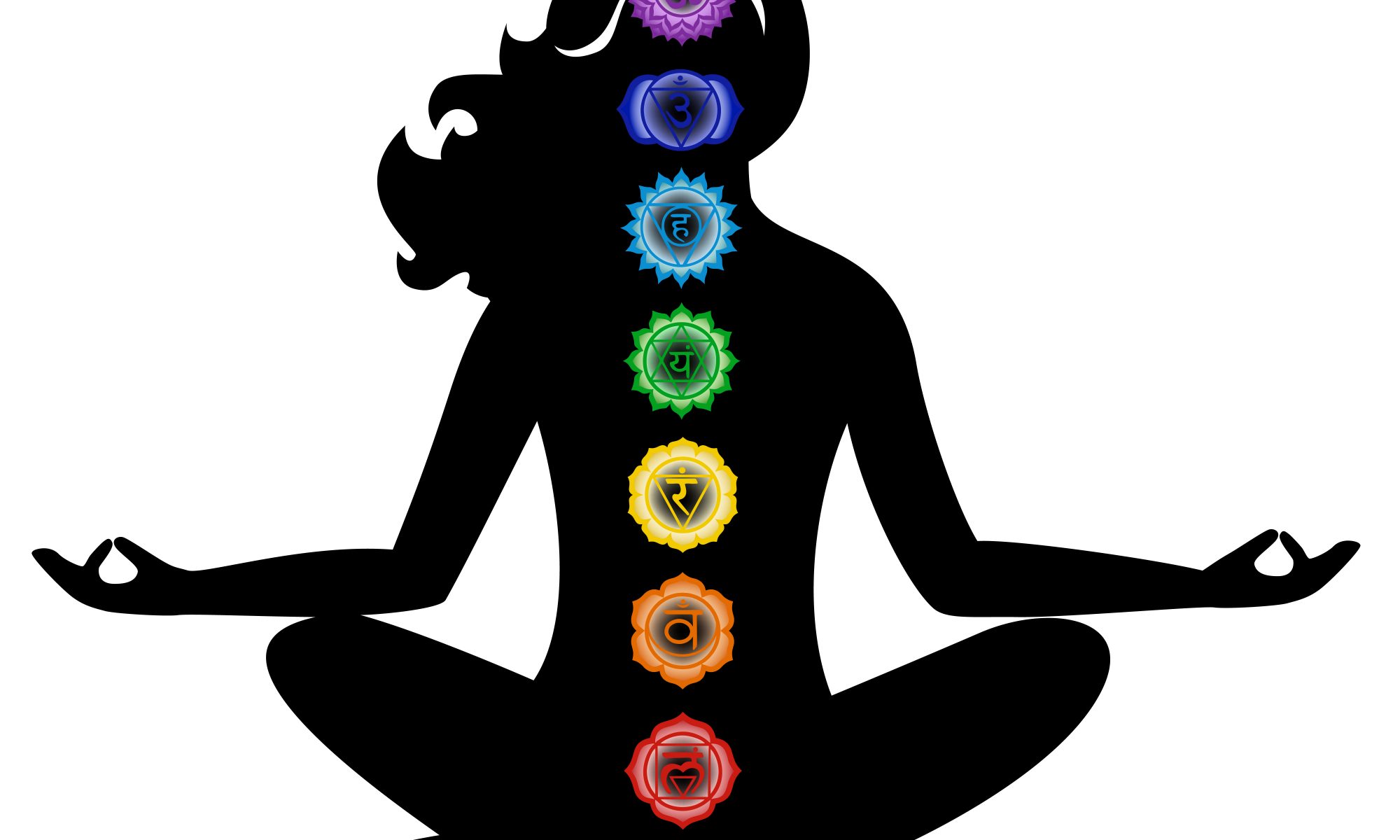You might be like me, in that you may have put off doing something you’ve always wanted to do for weeks, months or even years. It’s tough not to be hard on yourself for procrastinating, especially in a society that is all about instantaneousness and praise for being time-efficient. However, sometimes our lack of motivation to do something is because it actually isn’t the time to do it. Divine timing might be setting things up to happen later than we think it is “supposed to be”.
For example, I am a writer and have had stories floating around in my head for years that had spiritual themes and dealt with tough issues we as a people are still dealing with today. In the last 3 years, shows with similar, although different, themes and storylines to mine have become hugely successful. The market has proved that viewers are now READY for these types of stories. Whereas years ago, in 2004, when I came up with some stories, the public would have shunned them. This year, I had the motivation to write and have written and completed 5 screenplays and will likely have 7 done before the end of the year. With all the changes happening in Hollywood with the Me Too Movement and equal pay for women, I realized that honoring my stories and honoring me as a female writer couldn’t have happened at any other time with the level of recognition and respect currently happening.
Now, I’m not saying to just always assume a lack of motivation or not making the time to complete something is a sign from the Universe that now isn’t the time. You can better clarify if something is divine timing or procrastination in the following ways:
- Meditate
(This will help you to connect with the truth of your situation. Meditation opens you up to possibilities, as well.) - Get A Reading
(Having objective feedback by someone who is neutral will help you to gauge your situation accurately.) - Ask For A Sign
(Ask your angels, spirit guides and/or deceased loved ones for a physical sign of a yes if the time is NOW or a no that it will happen later. Be specific with your signs. Let your spiritual support team know what is a YES for you and what is a NO.) - Pay Attention To The Sign & Guidance.
(You must be diligent. Keep an eye out for and your ears ready to hear the sign.) - Acceptance & Trust
(Denial doesn’t help you, neither does Now, you are welcome to challenge a sign by changing your mind or doing more. I would say to ask, “How can I speed this up.” for ideas on how to make your dreams come true sooner.) - Is It That You Don’t Have Time Or Are You Misusing
Time?
(Evaluate your time management skills and any excuses you might be using to sabotage yourself. You might want to work with a life coach, counselor or therapist to help.) - Truth.
(As yourself, is it really what you want? Sometimes procrastination is the unfoldment of no longer being in harmony with a dream.) - Address Fear
(Is the lack of motivation connected to fear or something else? Fear of success? Fear of failing? Journaling can also help you get to the answer to this.) - Just Start
(Sometimes we don’t know if we’re procrastinating or not. In cases like this, just start without having pressure to end things at a certain time or start small. For example, if you want to write a book, perhaps start by writing a blog post.) - Use Divination
(Divinations, especially cards, are known for giving objective answers when used correctly. Consult whichever divinatory tool works for you.)









